2010 Ford E-250 Brake Rotors and Pads
Click here to search another vehicle
All Rotors:
OEM x
Coated x
Drilled, Slotted and Coated x
Front x
Rear x
All Pads:
Ceramic x
Semi-metallic x
Front x
Rear x
Found 16 record
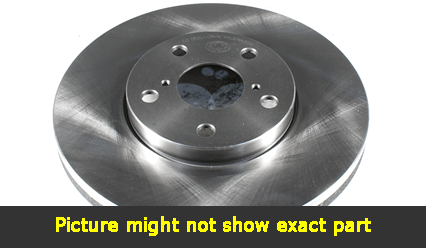
Part No: BR54164
Raybestos: 680681
OE: 8C2Z1102A
Raybestos: 680681
OE: 8C2Z1102A
$141.8 each
Per Car QTY: 2

Part No: BR54162
Raybestos: 680679
OE: 8C2Z2C026C
Raybestos: 680679
OE: 8C2Z2C026C
$84.64 each
Per Car QTY: 2
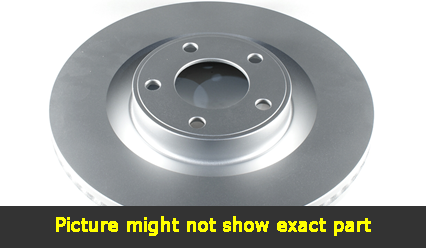
Part No: PP54164
Raybestos: 680681
OE: 8C2Z1102A
Raybestos: 680681
OE: 8C2Z1102A
$177.8 each
Per Car QTY: 2
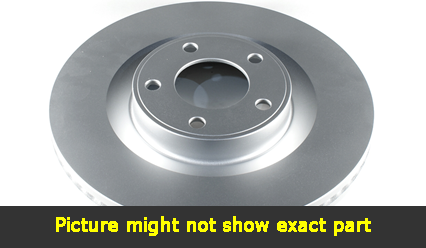
Part No: PP54162
Raybestos: 680679
OE: 8C2Z2C026C
Raybestos: 680679
OE: 8C2Z2C026C
$104.78 each
Per Car QTY: 2
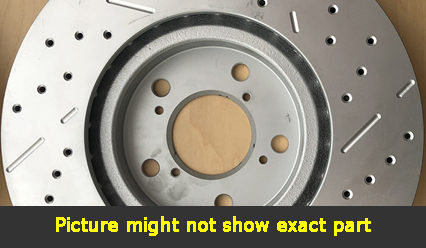
Part No: SP54164L
Raybestos: 680681
OE: 8C2Z1102A
Raybestos: 680681
OE: 8C2Z1102A
$218.3 each
Per Car QTY: 1
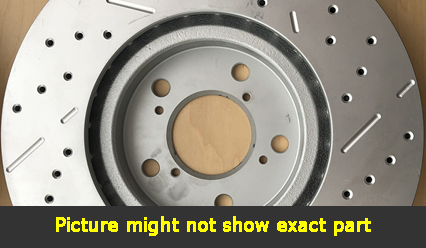
Part No: SP54164R
Raybestos: 680681
OE: 8C2Z1102A
Raybestos: 680681
OE: 8C2Z1102A
$218.3 each
Per Car QTY: 1
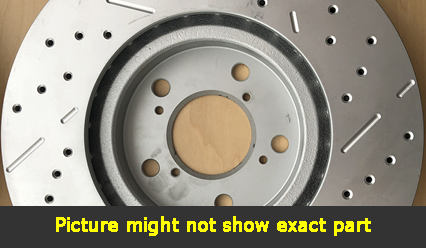
Part No: SP54162L
Raybestos: 680679
OE: 8C2Z2C026C
Raybestos: 680679
OE: 8C2Z2C026C
$145.28 each
Per Car QTY: 1
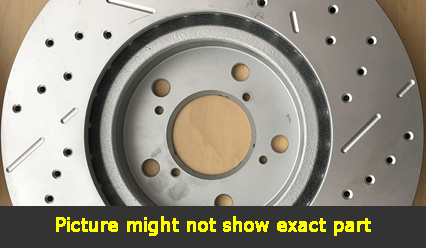
Part No: SP54162R
Raybestos: 680679
OE: 8C2Z2C026C
Raybestos: 680679
OE: 8C2Z2C026C
$145.28 each
Per Car QTY: 1
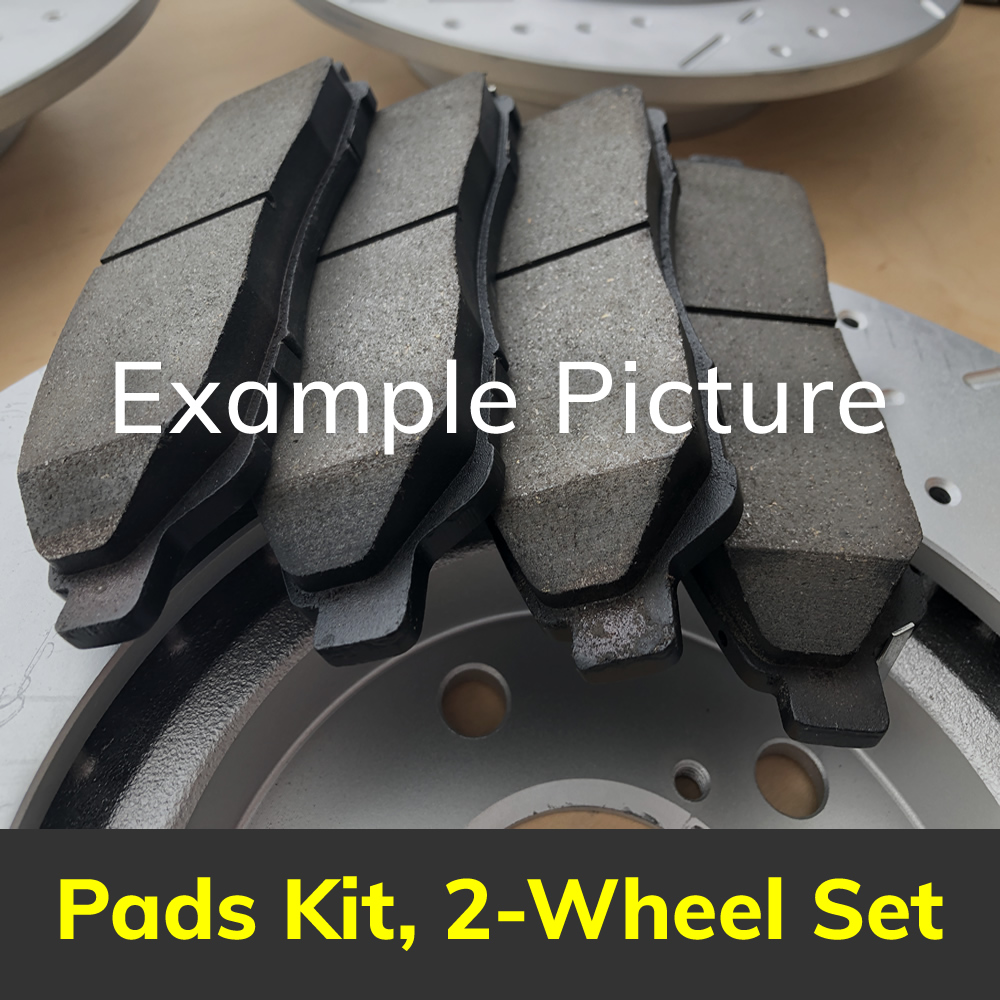
Part No: PD1328C
Raybestos:
OE:
Raybestos:
OE:
$42.77 each
Per Car QTY: 1
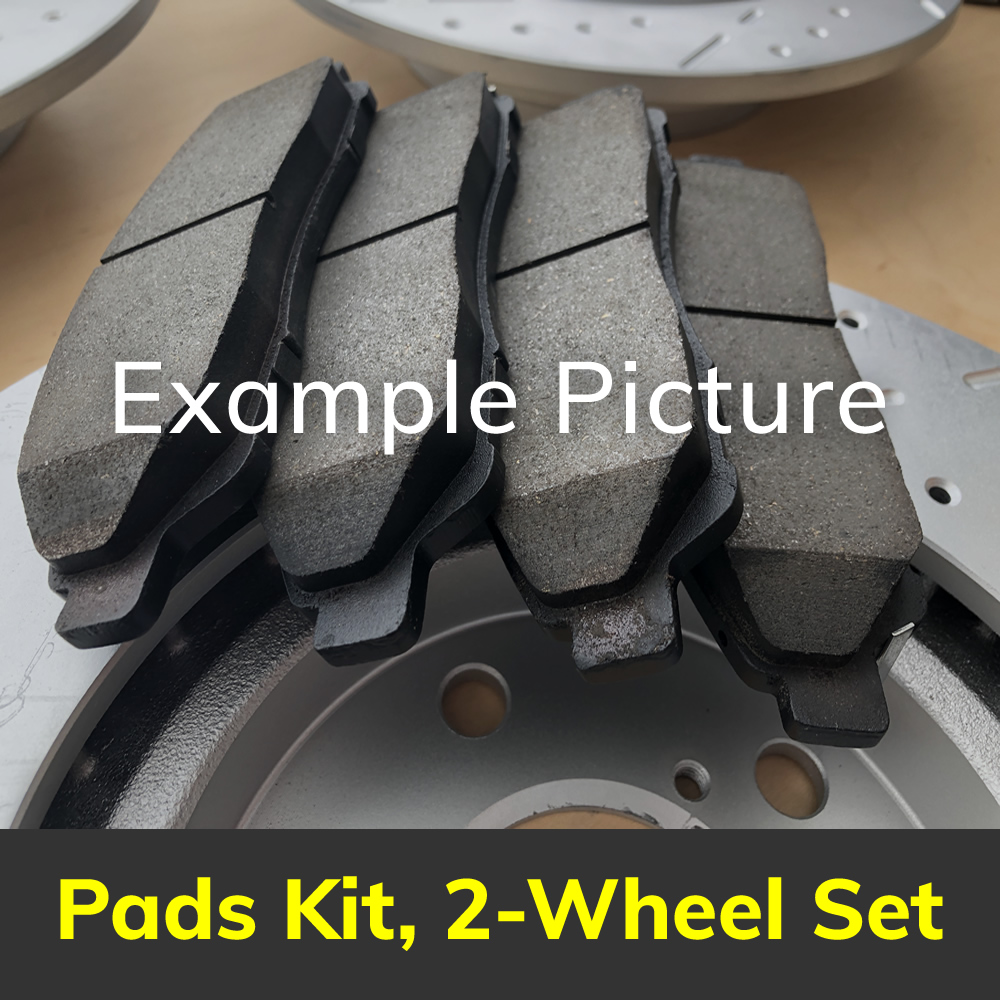
Part No: PD1329C
Raybestos: 1329
OE:
Raybestos: 1329
OE:
$43.7 each
Per Car QTY: 1
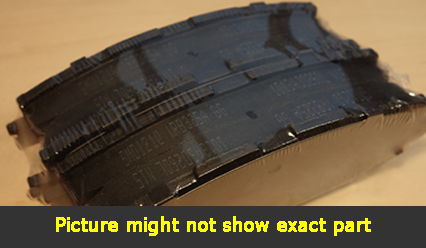
Part No: SMD1328
Raybestos:
OE:
Raybestos:
OE:
$35.78 each
Per Car QTY: 1
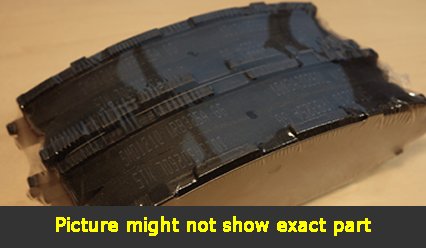
Part No: SMD1329
Raybestos:
OE:
Raybestos:
OE:
$34.07 each
Per Car QTY: 1
If you own a 2010 Ford E-250, choosing the right brakes for your vehicle is crucial. Brakes are an essential component of any vehicle, as they ensure your safety on the road. Choosing the right brakes can improve your vehicle's performance and provide a smooth driving experience. In this article, we will guide you through the process of selecting brakes for your 2010 Ford E-250.
1. Understand Your Driving Habits:
Before choosing brakes, it's crucial to consider your driving habits. Do you frequently drive in stop-and-go traffic, or do you mostly drive on highways? Understanding your driving style will help you determine the ideal brakes for your vehicle. If you drive in heavy traffic areas, you might need brakes that are optimized for frequent stops and low heat dissipation.
2. Brake Types:
There are various brake types available in the market. The two most common types are OEM (Original Equipment Manufacturer) and aftermarket brakes. OEM brakes are the ones your vehicle came with from the factory. They are specifically designed to match the vehicle's specifications and tend to provide a reliable performance. Aftermarket brakes, on the other hand, are manufactured by third-party companies and offer a wide range of options in terms of performance, longevity, and pricing. Consider both options and choose the one that best suits your needs and budget.
3. Consider Brake Pad Material:
The brake pads are the most critical element in the braking system. They come in different materials, and each has its benefits and drawbacks. The most common brake pad materials include:
- Semi-metallic: These pads provide excellent stopping power but tend to wear out faster and produce more brake dust. They are suitable for heavy-duty applications.
- Ceramic: Ceramic pads are known for their low noise, minimal dust production, and longevity. They provide good braking performance and are an ideal choice for everyday driving.
- Organic: Organic brake pads are made from natural materials such as rubber, glass, and resin. They are suitable for light-duty driving and offer quiet operation but may wear out quicker than other types.
Consider the pros and cons of each brake pad material and select the one that aligns with your driving needs and preferences.
4. Brand and Quality:
When it comes to brakes, investing in quality is crucial for your safety. Research different brake manufacturers and opt for reputable brands that have a proven track record in the industry. Look for customer reviews and ratings to ensure you are investing in reliable and long-lasting brakes. Cheaper options may save you money initially, but they may wear out faster or even compromise your safety.
5. Seek Professional Advice:
If you are uncertain about which brakes to choose for your 2010 Ford E-250, it's always advisable to consult with a professional mechanic or brake specialist. They have the knowledge and experience to guide you towards the best brakes suited for your vehicle and driving style. They can also help you with the installation process, ensuring everything is installed correctly.
6. Compare Prices:
Although safety should be your top priority, it's essential to compare prices and get the best value for your money. Compare prices online or visit local automotive stores to get an idea of the average cost of the brakes you are interested in. Keep in mind that high-quality brakes might come at a higher price, but they will also provide better performance and durability.
In conclusion, choosing the right brakes for your 2010 Ford E-250 involves understanding your driving habits, considering brake types and pad materials, investing in quality, seeking professional advice, and comparing prices. By following these steps, you can ensure that you make an informed decision and select brakes that will enhance your vehicle's safety and performance.
1. Understand Your Driving Habits:
Before choosing brakes, it's crucial to consider your driving habits. Do you frequently drive in stop-and-go traffic, or do you mostly drive on highways? Understanding your driving style will help you determine the ideal brakes for your vehicle. If you drive in heavy traffic areas, you might need brakes that are optimized for frequent stops and low heat dissipation.
2. Brake Types:
There are various brake types available in the market. The two most common types are OEM (Original Equipment Manufacturer) and aftermarket brakes. OEM brakes are the ones your vehicle came with from the factory. They are specifically designed to match the vehicle's specifications and tend to provide a reliable performance. Aftermarket brakes, on the other hand, are manufactured by third-party companies and offer a wide range of options in terms of performance, longevity, and pricing. Consider both options and choose the one that best suits your needs and budget.
3. Consider Brake Pad Material:
The brake pads are the most critical element in the braking system. They come in different materials, and each has its benefits and drawbacks. The most common brake pad materials include:
- Semi-metallic: These pads provide excellent stopping power but tend to wear out faster and produce more brake dust. They are suitable for heavy-duty applications.
- Ceramic: Ceramic pads are known for their low noise, minimal dust production, and longevity. They provide good braking performance and are an ideal choice for everyday driving.
- Organic: Organic brake pads are made from natural materials such as rubber, glass, and resin. They are suitable for light-duty driving and offer quiet operation but may wear out quicker than other types.
Consider the pros and cons of each brake pad material and select the one that aligns with your driving needs and preferences.
4. Brand and Quality:
When it comes to brakes, investing in quality is crucial for your safety. Research different brake manufacturers and opt for reputable brands that have a proven track record in the industry. Look for customer reviews and ratings to ensure you are investing in reliable and long-lasting brakes. Cheaper options may save you money initially, but they may wear out faster or even compromise your safety.
5. Seek Professional Advice:
If you are uncertain about which brakes to choose for your 2010 Ford E-250, it's always advisable to consult with a professional mechanic or brake specialist. They have the knowledge and experience to guide you towards the best brakes suited for your vehicle and driving style. They can also help you with the installation process, ensuring everything is installed correctly.
6. Compare Prices:
Although safety should be your top priority, it's essential to compare prices and get the best value for your money. Compare prices online or visit local automotive stores to get an idea of the average cost of the brakes you are interested in. Keep in mind that high-quality brakes might come at a higher price, but they will also provide better performance and durability.
In conclusion, choosing the right brakes for your 2010 Ford E-250 involves understanding your driving habits, considering brake types and pad materials, investing in quality, seeking professional advice, and comparing prices. By following these steps, you can ensure that you make an informed decision and select brakes that will enhance your vehicle's safety and performance.






